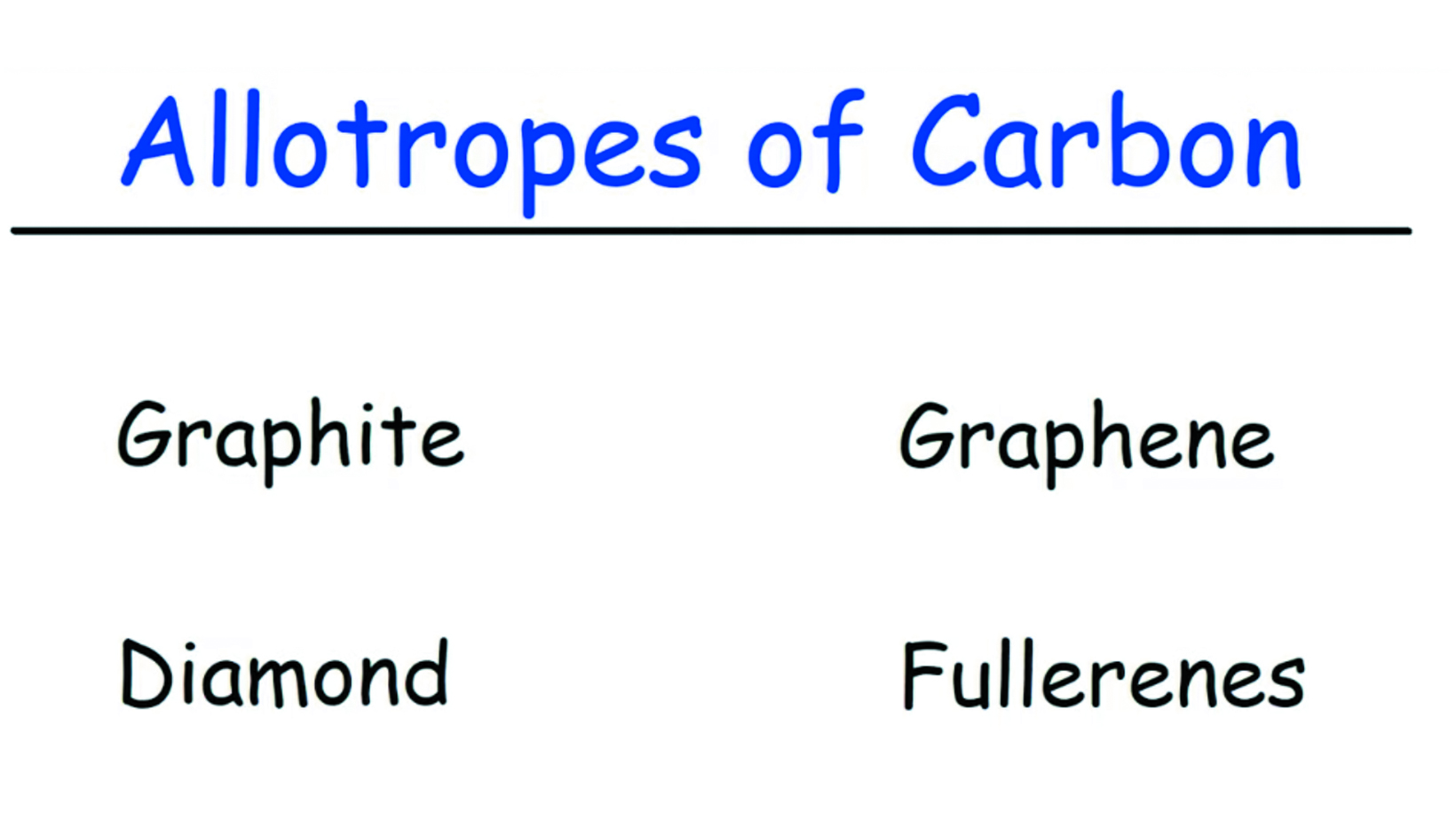Redox potential (Eh) and pH are two important factors that play significant roles in soil/plant/microorganism systems. They act as drivers, influencing various processes and interactions within these systems. This transdisciplinary overview aims to provide an integrated understanding of the relationships between redox potential, pH, and the functioning of soil/plant/microorganism systems. Thus, highlighting potential opportunities for application.
Redox potential refers to the measure of the tendency of a system to gain or lose electrons. In soil, it primarily indicates the availability of electron acceptors or donors and reflects the prevailing soil conditions. It has a direct impact on the redox reactions occurring in the soil environment. Which are crucial for nutrient cycling, organic matter decomposition, and the metabolism of microorganisms.
pH, on the other hand, represents the acidity or alkalinity of the soil solution. Typically, indicating the concentration of hydrogen ions present. It affects various chemical and biological processes in soil, such as nutrient availability, microbial activity, and plant nutrient uptake. pH can directly influence the solubility and availability of essential elements for plants and microorganisms, ultimately affecting their growth and development.
The interactions between redox potential and pH in soil/plant/microorganism systems are complex and interdependent. Changes in redox potential can influence pH through the generation or consumption of protons during redox reactions. Conversely, pH shifts can affect redox reactions by altering the solubility and speciation of redox-active compounds.
Follow the Data
The integration of redox potential and pH data can provide valuable insights into the functioning of soil/plant/microorganism systems. For example, understanding the dynamics of redox potential and pH can help predict the availability and transformation of nutrients, the mobility and bioavailability of contaminants, and the activity of microbial communities in soil. This knowledge can be applied in agriculture, environmental management, and ecosystem restoration to optimize nutrient use efficiency, reduce pollution risks, and enhance soil health and productivity.
To fully exploit the integrative opportunities offered by redox potential and pH, a transdisciplinary approach is required. Collaboration between soil scientists, plant biologists, microbiologists, geochemists, and agronomists is essential to comprehensively address the complexities and interactions within soil/plant/microorganism systems. The integration of field observations, laboratory experiments, and modeling approaches can further enhance our understanding and prediction capabilities.
In conclusion, redox potential and pH are crucial drivers of soil/plant/microorganism systems. Their exploration and integration can enhance our understanding of nutrient dynamics, microbial processes, and plant growth in soil. This transdisciplinary overview highlights the potential for collaborative research and application, providing opportunities to optimize agricultural practices, manage environmental risks, and improve soil ecosystem services.
We encourage you to read more on this fascinating subject.
Plant and Soil
Redox potential (Eh) and pH as drivers of soil/plant/microorganism systems: a transdisciplinary overview pointing to integrative opportunities for agronomy.
Author: Olivier Husson
Publication: Plant and Soil
Publisher: Springer Nature
Date: Sep 8, 2012
Read Now: Click Here




